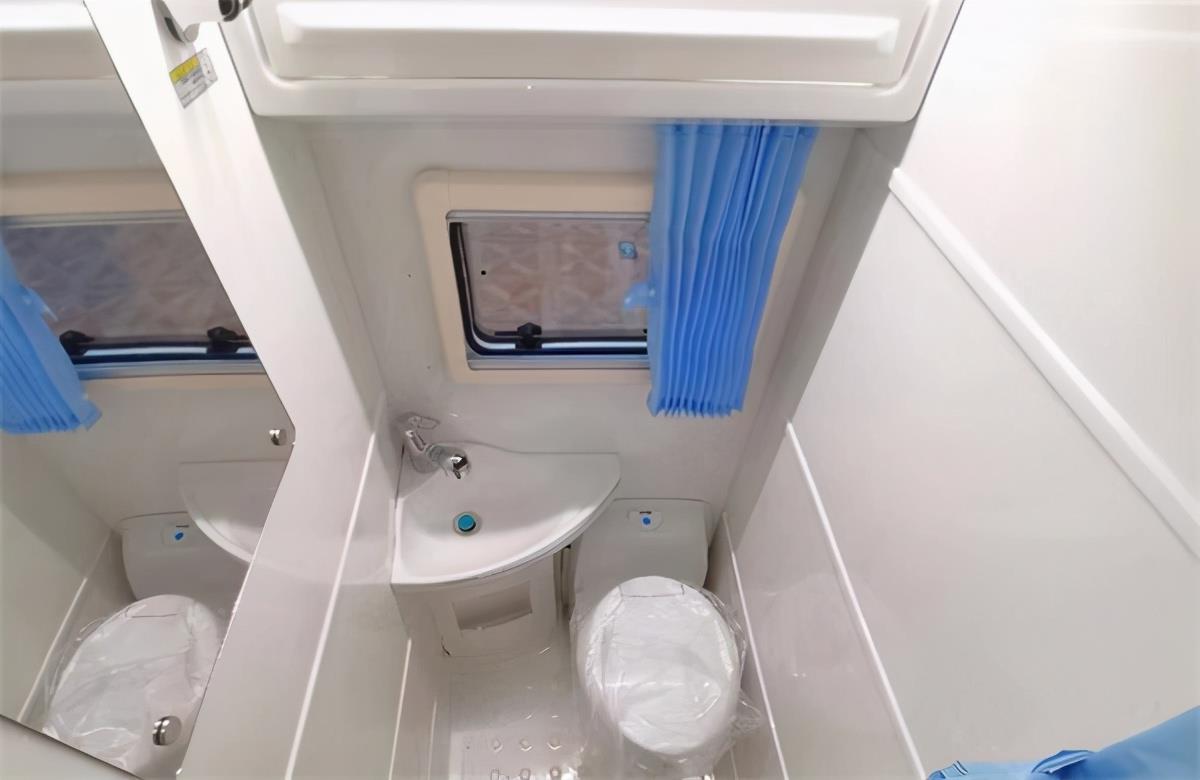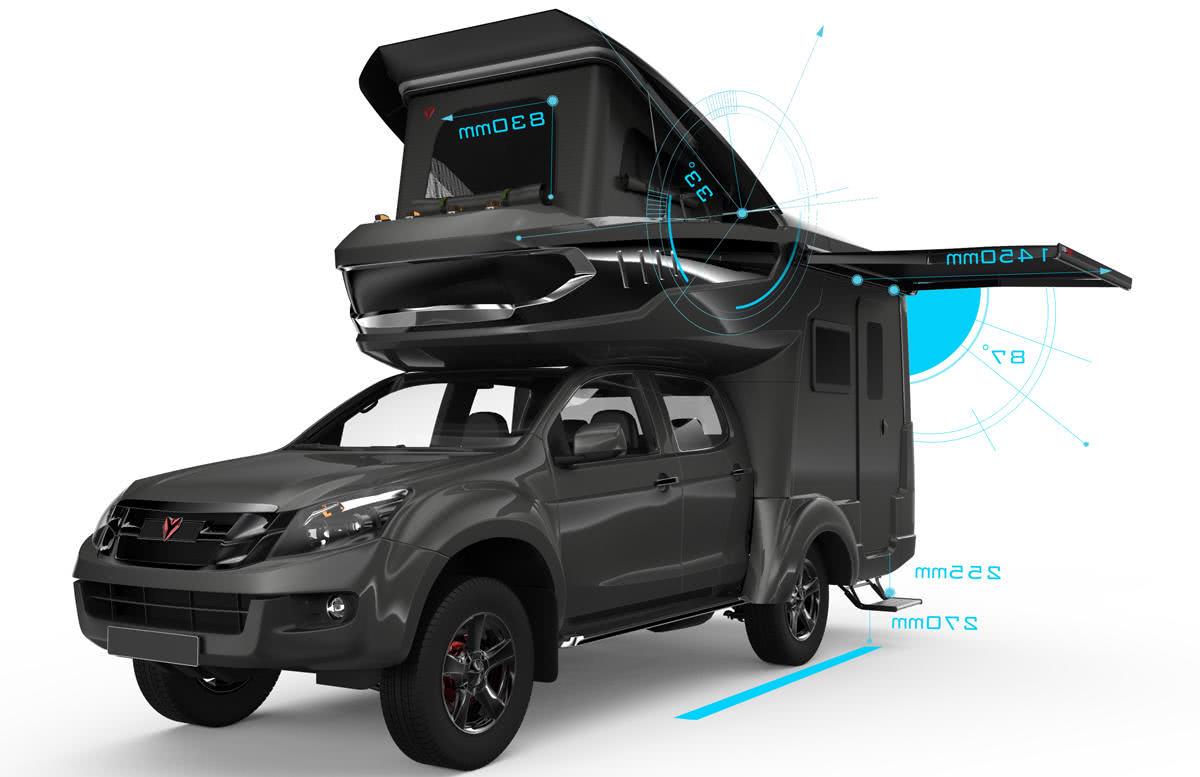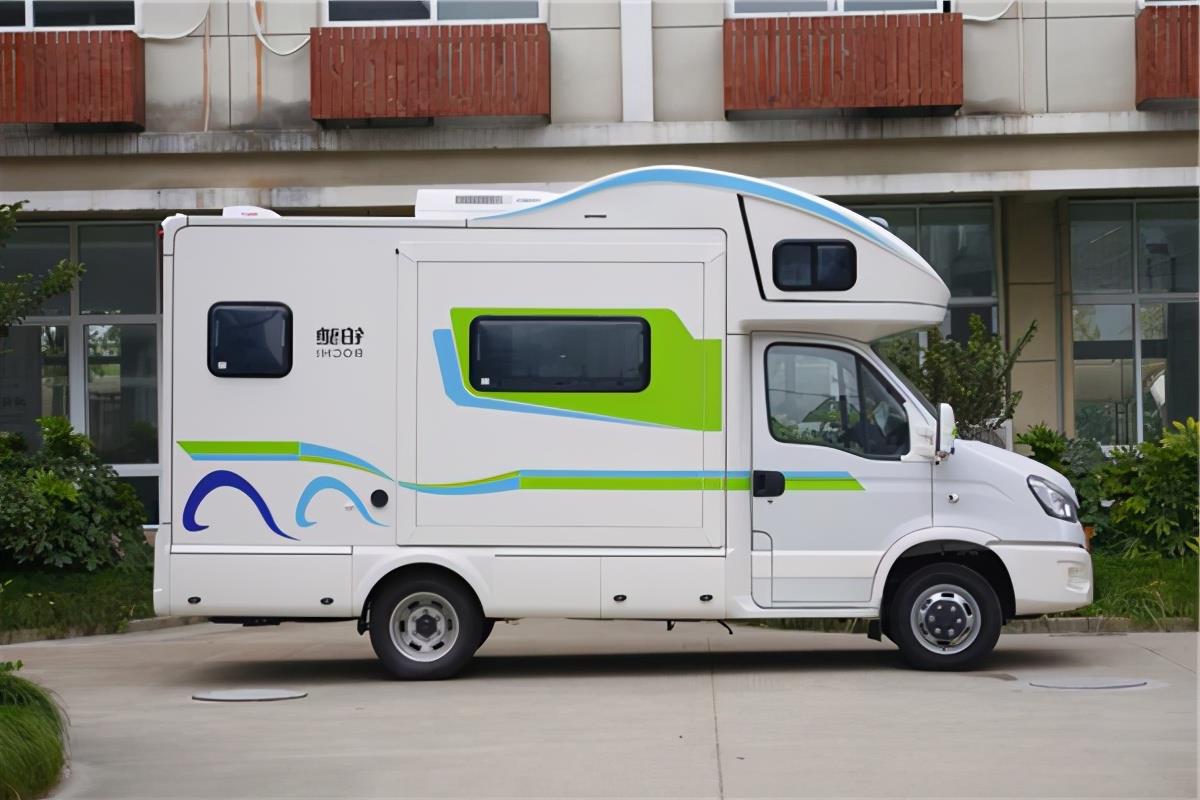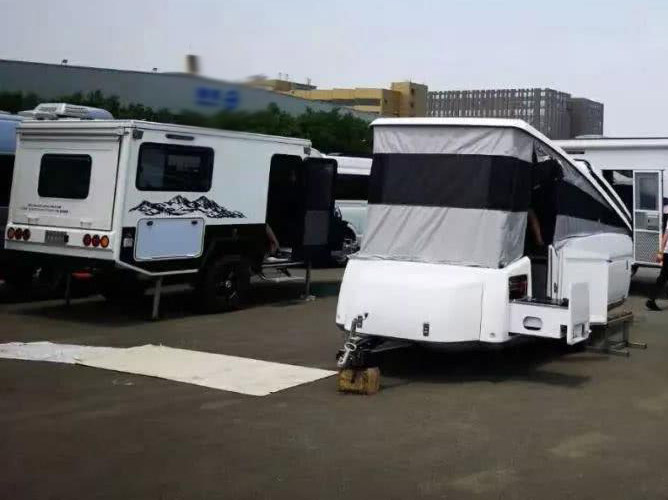Best Rv Center

Who makes the highest quality RV?
1. Grand Design RV. We rate Grand Design RV as the best RV brand overall for its reliable construction, variety of price points, and after-sales service. Grand Design manufacturers travel trailers, fifth wheels, and toy haulers in Middlebury, Indiana.
Who owns Best RV Turlock?
As the owner of Best RV Center in Turlock, Naiel Ammari is currently under investigation by the DMV amidst allegations of charging customers a bogus fee. DMV spokesman Mike Marando said the dealership had been charging some customers a “California Pre-Delivery Inspection Fee” of $750.
Is Forest River a quality RV?
After we thoroughly researched and compared several top-rated RV companies, we rated Forest River RV 4.0 out of 5.0 stars. The company provides affordable RVs for people looking to take up the RV lifestyle, but owners of Forest River RVs encounter issues with build quality in some cases.
What is the best size RV for national parks?
If you’re not sure of the ideal length for national parks, you’ll want to choose an RV between 25 and 30 feet long. Most national parks will accommodate RVs between those lengths. Almost 98% of National Park campgrounds can accommodate RVs up to 19 feet long.
Who makes Coachmen Mirada?
It’s a brand you can trust. Coachmen RV, a division of Forest River, Inc., is headquartered in Middlebury, Indiana, with our primary manufacturing facilities on nearly 220 acres with over 23 acres under roof. Compare the Coachmen advantages and you will see why Coachmen is the Leader to the Great Outdoors.
What is a destination travel trailer?
A destination trailer is leveled and set up like a standard travel trailer and the hitch remains in place. A destination trailer will be taller than a standard bumper-towed trailer and many models include home-like sliding glass doors or even French doors as well as large bay, or floor-to-ceiling windows in the front.
What is better than an Airstream?
1. Living Vehicle Trailers. Living Vehicle Trailers look just as sleek and are just as luxurious as Airstream trailers. In fact, according to some RV critics and those who have used both Living Vehicle and Airstream trailers, Living Vehicle campers are more luxurious.
Is jayco a good RV brand?
Jayco is a top-selling, popular brand of RVs, easily spotted by their bluebird logo. Jayco trailers are known for high quality, a huge choice of layouts, and affordability. If you’re actively considering a new travel trailer purchase, or just planning for a future investment, Jayco is a great company to investigate.
Is Flagstaff a good camper brand?
Forest River Flaglass is a good RV. In fact, Flagstaff is one of the top-selling fibreglass trailers in the industry.
Is Gulf Stream a good RV?
Gulf Stream motorhomes are considered among the best and high quality RVs. Today, every 12th American prefers campers to ordinary homes, which are becoming more comfortable every year.
Can you drive RV through Yellowstone?
RVs are welcome at all campgrounds within Yellowstone (size restrictions may apply). Five campgrounds in Yellowstone National Park require reservations. They include Bridge Bay, Canyon, Fishing Bridge, Grant, and Madison.
What is the largest RV allowed in Yosemite?
Maximum RV/trailer lengths: In Yosemite Valley, the maximum RV length is 40 feet and maximum trailer length is 35 feet, however, only a total of 8 sites of this size are available (six sites in Lower Pines and two in North Pines, which are open spring through fall).
How much does a Coachmen Mirada cost?
The cost of a 2020 year Coachmen Mirada ranges from around $100,000 to about $115,000, so buying one is a serious investment that can pay dividends in terms of memories and experiences. Most of these Coachmen Class A Mirada motorhomes have a maximum weight allowance of about 18,000 to 22,000 pounds.
Can I buy direct from Coachman?
Coachmen do not sell their RVs directly from the factory. The company sells its products through dealerships and recommends customers buy a Coachmen RV from their local dealership.
What is the difference between a park model trailer and a destination trailer?
There is a difference, even though they look very similar. Park models stay in one place permanently unlike destination trailers. As soon as a park model is towed to its destination, the hitch and wheels are removed. But with a destination trailer, the hitch stays attached, since it can be used for travel.
What is the cost of a destination trailer?
A new travel trailer typically costs between $11,000 and $35,000. An average 24′ travel trailer with decent construction will cost approximately $23,000.
How long do destination trailers last?
Luckily, travel trailers will last for around 10 years on average. However, 10 years is only the average life expectancy for a travel trailer. Some trailers will last longer, and some will have a shorter lifespan.
What travel trailers last the longest?
Airstream has been around for 90 years. It’s the oldest RV brand and one of the most successful because of its superior quality and craftsmanship. When you purchase an Airstream, you know you’re getting a top-of-the-line RV and excellent customer service. Let’s look at what makes them a long-lasting brand.
Is a travel trailer a good investment?
Is an RV a Financial Investment? The short answer is no. With the exception of some in-demand vintage models, the value of an RV depreciates over time. An RV is an investment in a lifestyle, but you can mitigate the expense by renting it out when not in use through a third-party rental site like Outdoorsy or RVshare.
Are Coleman campers any good?
Overall, on most customer review sites, Coleman gets a solid 4 stars out of 5. Customers find Coleman travel trailers to be extremely livable with functional floor plans and fun features.
Why you shouldn’t buy an Airstream?
Buying an Airstream can be a needlessly expensive endeavor The most inexpensive travel trailer that Airstream offers is the Basecamp, which will run you just under $40,000. And the worst part? It’s not even that spacious. It sleeps up to four people, and that’s pretty much it.
Is Airstream worth the money?
The Airstream can be pretty neat and pretty fun to own, but it can also be pretty expensive. An Airstream trailer will roughly have any of the common flaws that you might find in any other RV, but it does boast its longer-lasting value, solidity, and aerodynamic properties that do make it worth the cost.
When did they stop making Airstream trailers?
The aluminum motorhomes were followed by more traditional-looking fiberglass models in the 1990s. Airstream discontinued manufacture of Class A motorhomes in 2006.
What RVs does heartland make?
What is this? Popular models Heartland makes include Landmark, Bighorn, Road Warrior, Cyclone, and Pioneer.
Who makes destination RVs?
Destination Trailers | Forest River RV – Manufacturer of Travel Trailers – Fifth Wheels – Tent Campers – Motorhomes.









